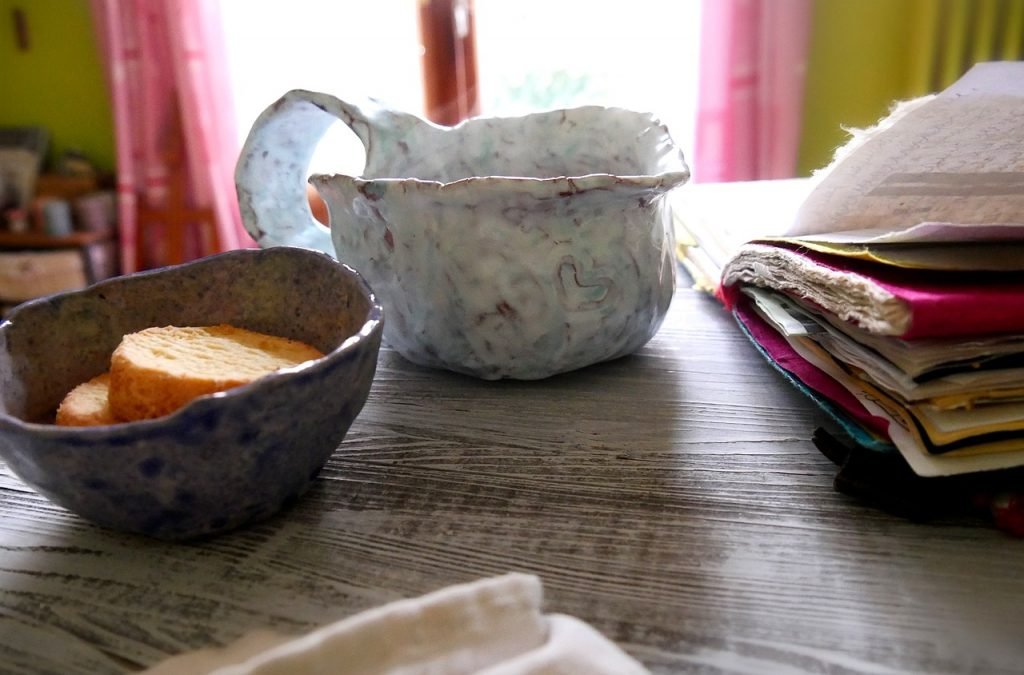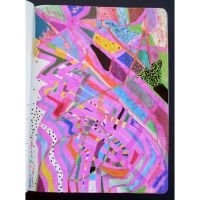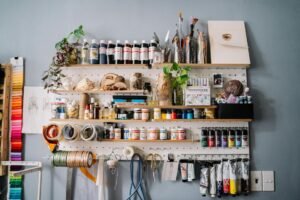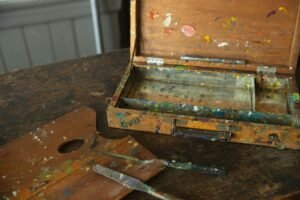Why Make Your Own Sketchbook Paper?
Sketchbooks are a cornerstone of creativity, offering a safe space for artists, designers, and doodlers to let their imaginations run wild. But what if you could take your creative process one step further by making your own sketchbook paper at home? Creating personalized sketchbook paper gives you the freedom to customize textures, weights, and appearances to perfectly suit your artistic needs. Plus, it’s a fun, hands-on project that adds an extra layer of meaning to your art.
In this blog, we’ll walk you through the step-by-step process of crafting your own sketchbook paper using simple tools and materials. Let’s dive in!
Before we get into the nitty-gritty, let’s talk about why you’d want to make your own paper in the first place. Isn’t it easier to just buy a sketchbook? Sure, but handmade sketchbook paper comes with plenty of perks.
Benefits of Homemade Sketchbook Paper
- Customization: Choose the exact texture, thickness, and color you need for your style.
- Sustainability: Repurpose old paper, reducing waste and creating eco-friendly art supplies.
- Unique Touch: Handmade paper adds personality to your sketches and makes your artwork truly one of a kind.
- Cost-Effective: Save money by using materials you already have at home.
Materials You’ll Need to Make Sketchbook Paper
Making paper at home doesn’t require fancy tools or supplies. In fact, you probably have most of what you need lying around your house. Here’s a basic list:
Basic Materials
- Old Paper: Recycling paper is key here—grab old newspapers, junk mail, or scrap paper you no longer need.
- Water: Essential for turning old paper into pulp.
- Blender: Used to break down the paper into a smooth pulp.
- Deckle and Mould: A simple wooden or plastic frame with a mesh screen (you can buy one online or make your own).
- Sponges: To press out excess water from the paper pulp.
- Towels or Felt: For drying the sheets of paper.
- A Large Basin or Tub: To soak the paper pulp and form your sheets.
- Optional Add-Ins: Dried flowers, leaves, or food coloring to personalize your paper.
Sketchbooks.org | VISUAL RESEARCH HUB
Making Your Own Paper
Visual research is critical for any creative endeavor. We have compiled specialized links to lead you directly to images, videos, and inspiration for "Making Your Own Paper" across the web's best visual search platforms.
Step-by-Step Guide to Making Sketchbook Paper
Now that you have your materials ready, let’s get into the process of making your own sketchbook paper at home.
Step 1: Prepare Your Paper
Start by tearing the old paper into small pieces. Aim for roughly 1-inch squares—they’ll blend more easily this way. Once shredded, soak the pieces in water for a few hours or overnight.
Step 2: Blend the Pulp
After soaking, transfer the paper and water mixture to a blender. Blend in small batches to avoid overloading your machine. Blend until the paper breaks down into a smooth, soupy pulp.
Step 3: Set Up Your Deckle and Mould
Assemble your deckle and mould over the basin or tub. Pour the blended pulp into the tub, adding more water until the mixture has a soup-like consistency. Mix it gently to distribute the pulp evenly.
Step 4: Form the Paper Sheet
Submerge your deckle and mould into the tub, scooping up the pulp. Hold it horizontally under the water and lift it out slowly, letting the water drain through the mesh. You’ll see a thin layer of pulp forming on the screen—this will become your paper.
Step 5: Remove Excess Water
Use a sponge to gently press the pulp, removing as much water as possible. Be careful not to disturb the shape of the paper as you do this.
Step 6: Transfer and Dry
Flip the deckle over onto a towel or felt, transferring the wet paper sheet. Cover it with another piece of felt or a towel and press it flat using a rolling pin or even a book. Once pressed, let the paper air dry completely. This might take a day or two, depending on humidity levels.
Customizing Your Sketchbook Paper
One of the best parts about making your own paper is the ability to customize it to suit your artistic needs. Here are some ways to make your paper unique:
Add Texture
Experiment with adding textures to your paper by pressing patterned objects, like lace or leaves, onto the wet pulp.
Include Decorative Elements
Mix in dried flowers, colored threads, or metallic flakes for a creative and decorative touch.
Control Thickness
Adjust the thickness of your paper by controlling the amount of pulp you scoop onto the deckle. Thicker paper is great for watercolors and mixed media, while thinner sheets are ideal for pencils and inks.
Experiment with Coloring
Add natural dyes, tea, or food coloring to the pulp for a subtle tint or a bold, vibrant look.
Assembling Your Handmade Sketchbook
Once you’ve created enough paper sheets, it’s time to turn them into an actual sketchbook. Here’s a quick guide:
- Trim the Paper: Use a craft knife or scissors to cut your paper sheets to your desired size.
- Stack the Sheets: Arrange your sheets in a neat stack.
- Bind Your Sketchbook: You can bind your sketchbook using a hole punch and string, a stapler, or by sewing the pages together.
Congratulations—you’ve just made your own custom sketchbook!
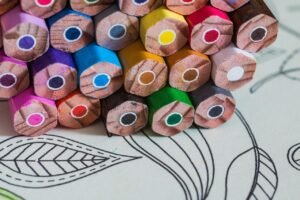
Sketchbooks.org | DIGITAL MATERIALS
Play with Our Free Online Coloring Book | A Creative Escape for All Ages
Looking for a relaxing, creative way to spend a few minutes—or a whole afternoon? Our Online Coloring Book is a playful feature on Sketchbooks.org that lets you color right in your browser. No downloads, no...
Tips for Success
Here are a few tips to help you get the best results when making sketchbook paper at home:
Be Patient
Paper making is a hands-on process that takes time. Don’t rush—let the paper dry thoroughly to avoid warping or tearing.
Keep Experimenting
Each batch of paper you make will be slightly different, so have fun experimenting with techniques and materials.
Store Properly
Once your paper is dry, store it in a cool, dry place to prevent curling or dampness.
Why Handmade Sketchbook Paper is Worth the Effort
Making your own sketchbook paper might sound like a lot of work, but it’s incredibly rewarding. Not only do you get full control over the final product, but you also create something uniquely yours. Plus, it’s a sustainable, cost-effective way to personalize your art supplies.
Imagine flipping through a sketchbook full of your own handmade pages, each one designed to suit your style and medium. It doesn’t get more special than that!
Ready to give it a try? Gather your supplies and start crafting your own sketchbook paper today! The possibilities are endless.
Ready to Share Your Work?
